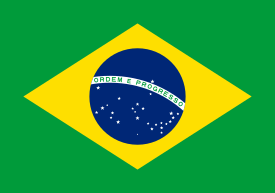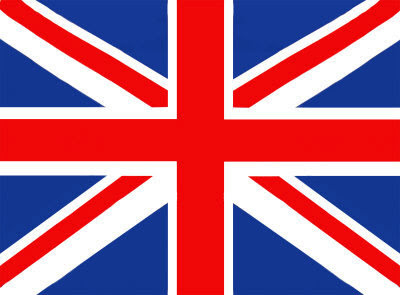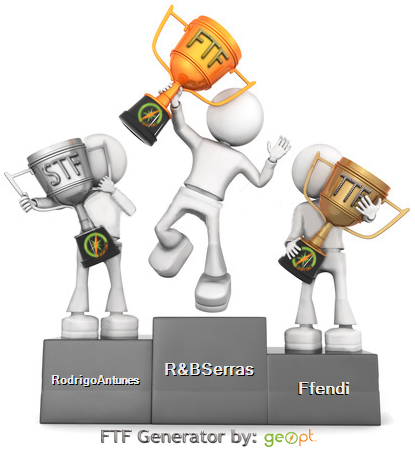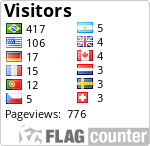

O nome do Parque remonta ao século XVIII, quando o mineiro Antônio Martins Barbosa estabeleceu na região, em uma parte elevada da avenida Independência, o seu moinho de vento. Na época, o trigo era um produto de grande importância econômica para o povo da freguesia de Nossa Senhora de Madre de Deus, que se tornou cidade de Porto Alegre em 1822. Até hoje o estado do Rio Grande do Sul é um dos maiores produtores de trigo do país. Em 1839, o cartógrafo Luís Pereira Dias confeccionou um mapa da cidade e registrou um ponto da zona, na altura do atual Colégio Bom Conselho, como "Moinhos de Vento Velho".
A história do parque está ligada também à Associação Riograndense de Turfe. Até o século XIX, Porto Alegre teve cinco hipódromos conhecidos: o Riograndense, no Menino Deus; o Estrada do Mato Grosso, no Partenon , o Boa Vista, no Santana; o Navegantes, no bairro homônimo; e o Independência, no atual Moinhos de Vento. O turfe foi muito popular até 1904, ano em que se introduziu o futebol. Tendo perdido espaço para este esporte, dos cinco hipódromos somente o Independência conseguiu se preservar e logo passou a ser chamado de Hipódromo Moinhos de Vento. Porém, este não conseguia mais dar conta da demanda com sua limitada estrutura, e o Jockey Club do Rio Grande do Sul se viu obrigado a procurar um novo lugar para suas atividades, fundando o Hipódromo do Cristal, na zona sul da cidade.
Atentos à necessidade e aos benefícios de áreas verdes na cidade, foram o jornalista Alberto André e os vereadores Germano Petersen Filho e Mariano dos Santos que decidiram transformar a área do hipódromo Moinhos em um "jardim público". Em 8 de março de 1960, na Câmara dos Vereadores, Petersen Filho pediu ao então prefeito José Loureiro da Silva um estudo para a criação de um parque. O decreto 2419 de 10 de setembro de 1962 desapropiou a área do Jockey Clyb, de modo que o pagamento da compra foi realizado em três formas: em dinheiro, em quitação e em resgate de taxas. Por fim, o decreto 3703 de 9 de novembro de 1972 oficializou a denominação da área: Parque Moinhos de Vento.
Além do hipódromo, funcionou também no parque, até o ano de 1954, o Estádio da Baixada, pertencente ao Grêmio Foot-Ball Porto Alegrense, o qual inaugurou o Estádio Olímpico Monumental naquele mesmo ano, no bairro Azenha. (fonte: Wikipédia)

The name of the park dates back to the eighteenth century, when Antônio Martins Barbosa established in the region, in an elevated part of Independence Avenue, your windmill. At the time, wheat was a product of great economic importance to the people of the parish of Our Lady Mother of God, who became the city of Porto Alegre in 1822. Until now the state of Rio Grande do Sul is one of the largest producers of wheat in the country. In 1839, the cartographer Luís Pereira Dias concocted a city map and recorded a point in the area at the time of current Good Counsel College, as "Old Windmills."
The history of the park is also linked to the Association of Riograndense Turf. Until the nineteenth century, Porto Alegre had five racecourses known: the Riograndense in Boy God: the Road of Mato Grosso, the Parthenon, the Boa Vista, Santana, the Mariners, the neighborhood namesake, and independence in today Windmills . The turf was very popular until 1904, the year that introduced the football. Having lost space for this sport, the five racetracks only managed to preserve the independence and soon came to be called the Hippodrome Windmills. However, this could no longer meet the demand with its limited structure, and the Jockey Club in Rio Grande do Sul was forced to find a new place for their activities, founding the Hippodrome of Cristal in the south of the city.
Mindful of the need and benefits of green areas in the city, were the journalist Alberto André Germano and the councilors and Petersen Son of Mariano Santos decided to turn that area of the racecourse Mills in a "garden". On March 8, 1960, the Board of Aldermen, Petersen Son asked the then mayor José Loureiro da Silva a study for the creation of a park. The 2419 decree of September 10, 1962 desapropiou Jockey Clyb area, so that the payment of the purchase was accomplished in three ways: in cash, discharge and redemption fees. Finally, the decree 3703 DE9 November 1972 formalized the designation of the area: Park Windmills.
Besides the Hippodrome, also ran in the park, by the year 1954, the Estádio da Baixada, belonging to Grêmio Foot-Ball Porto Alegrense, which inaugurated the Olympic Stadium Monumental in that same year, the district Azenha. (Source: Wikipedia)
_______________________________________________________
[PT]
A cache tem como objetivo levar-te a conhecer este bonito parque.
Notas Importantes:
- Leve material de escrita.
- Cuidado com os muggles.
BOA SORTE!
_______________________________________________________
[EN]
The cache aims to get you to know this beautiful park.
Important Notes:
- Bring writing materials.
- Beware of muggles.
GOOD LUCK!

